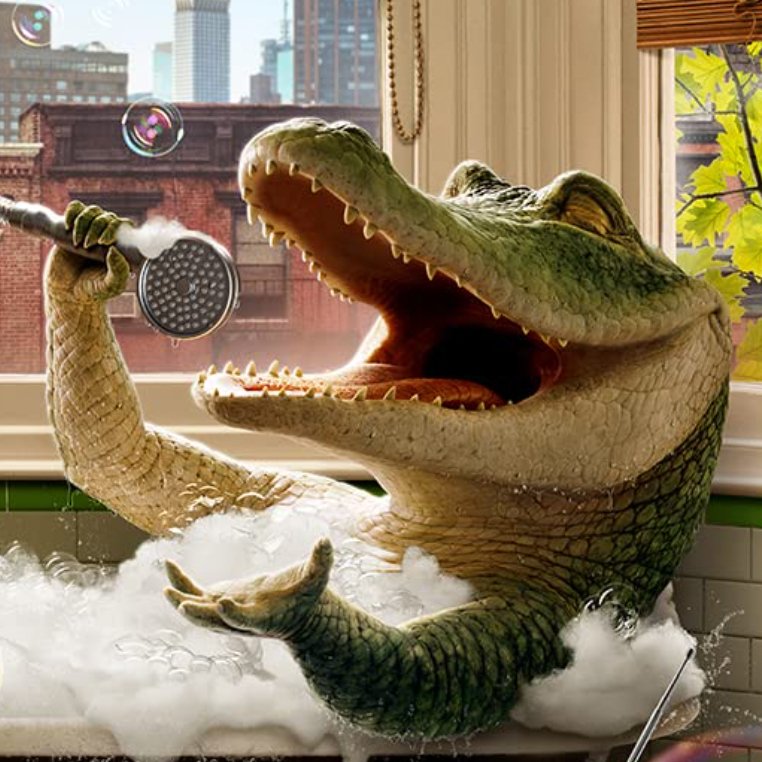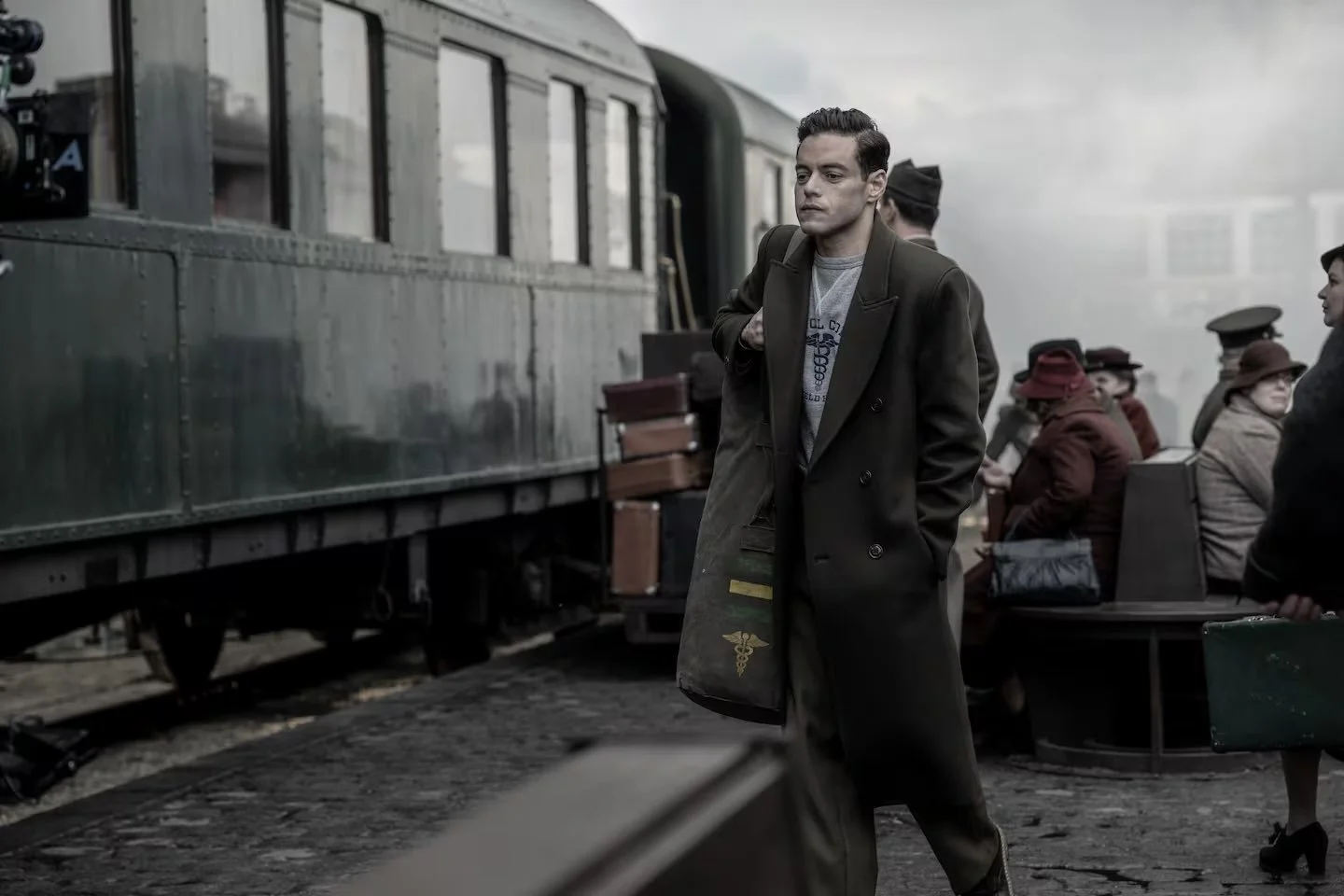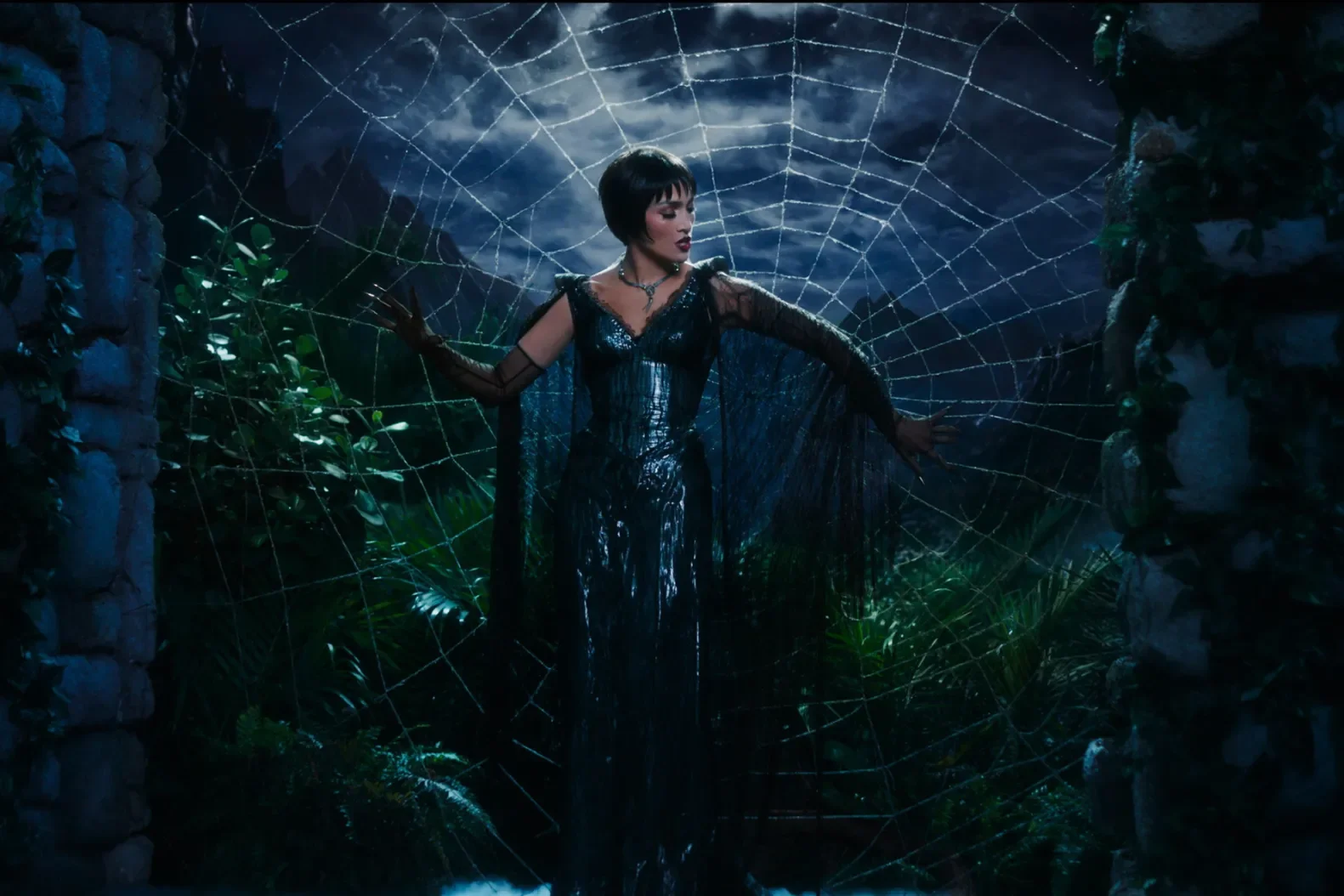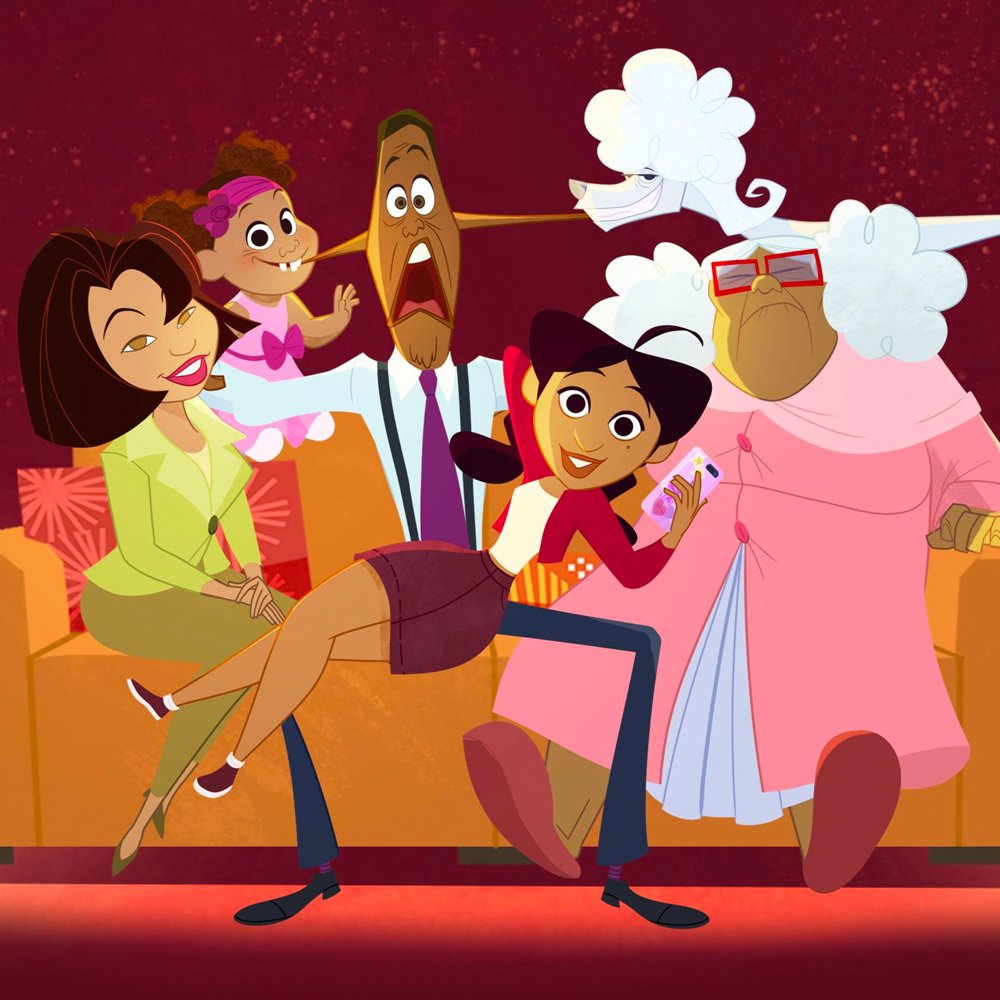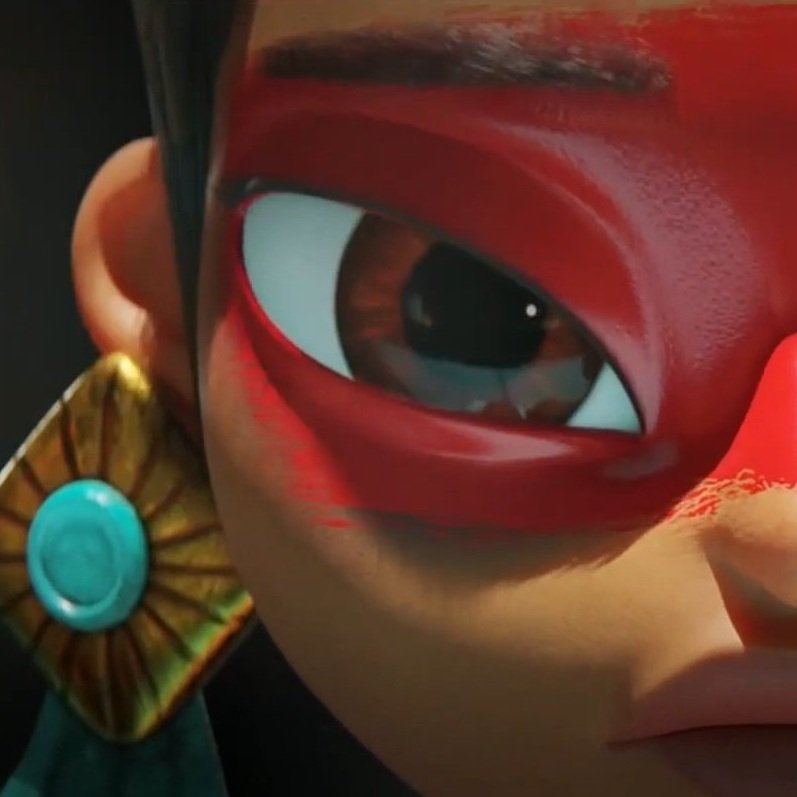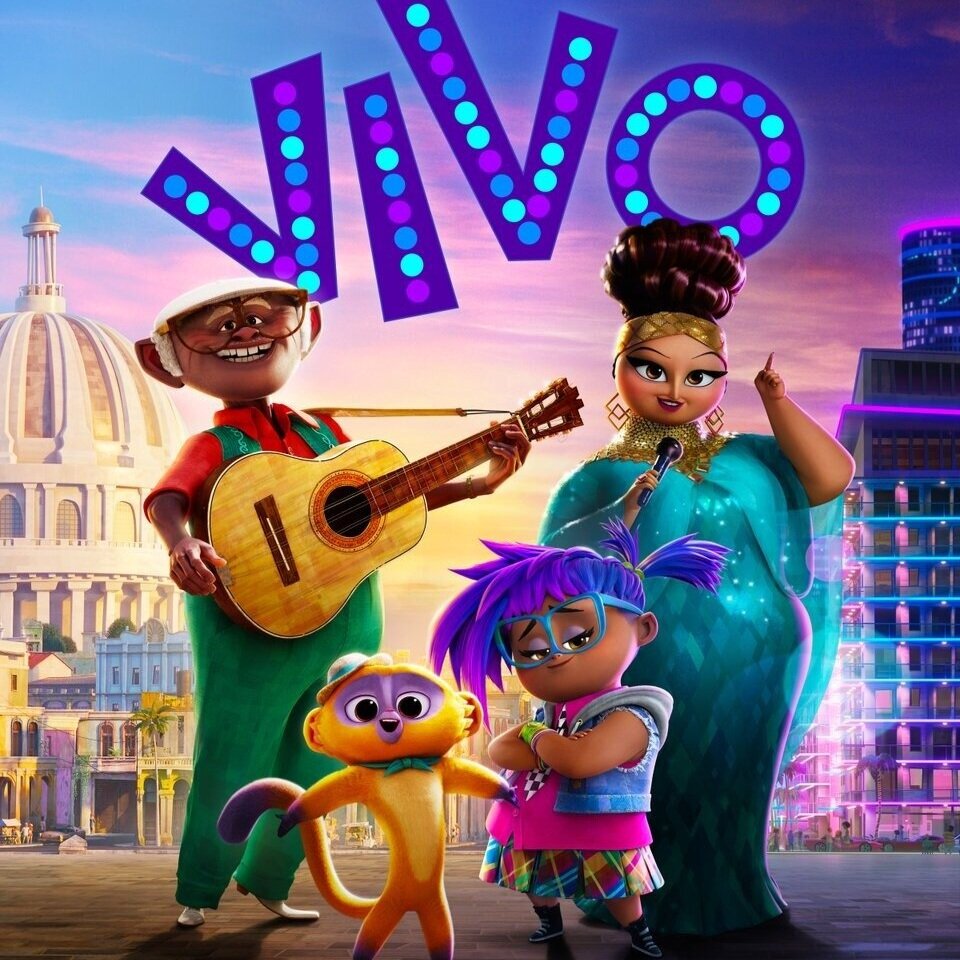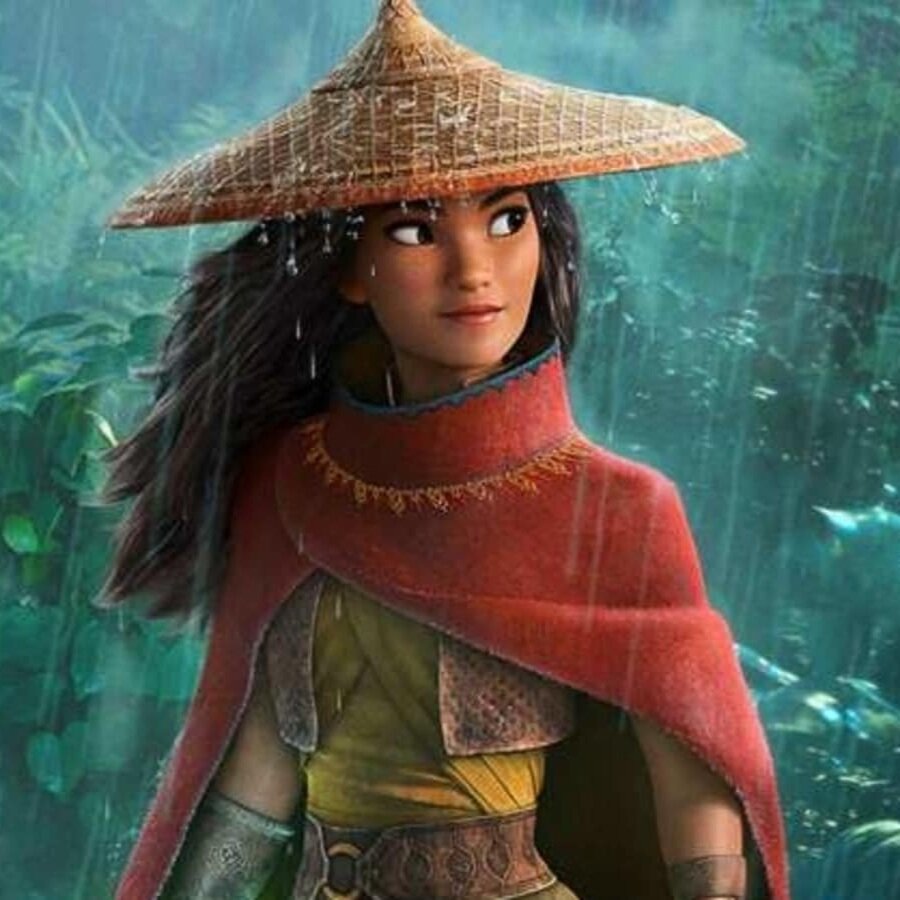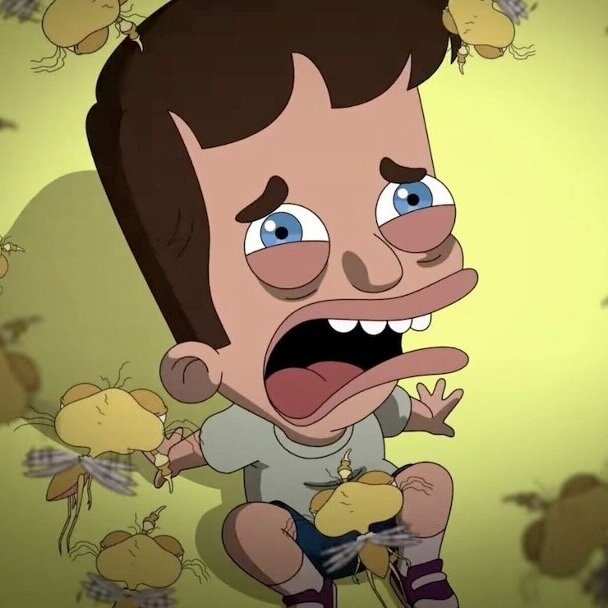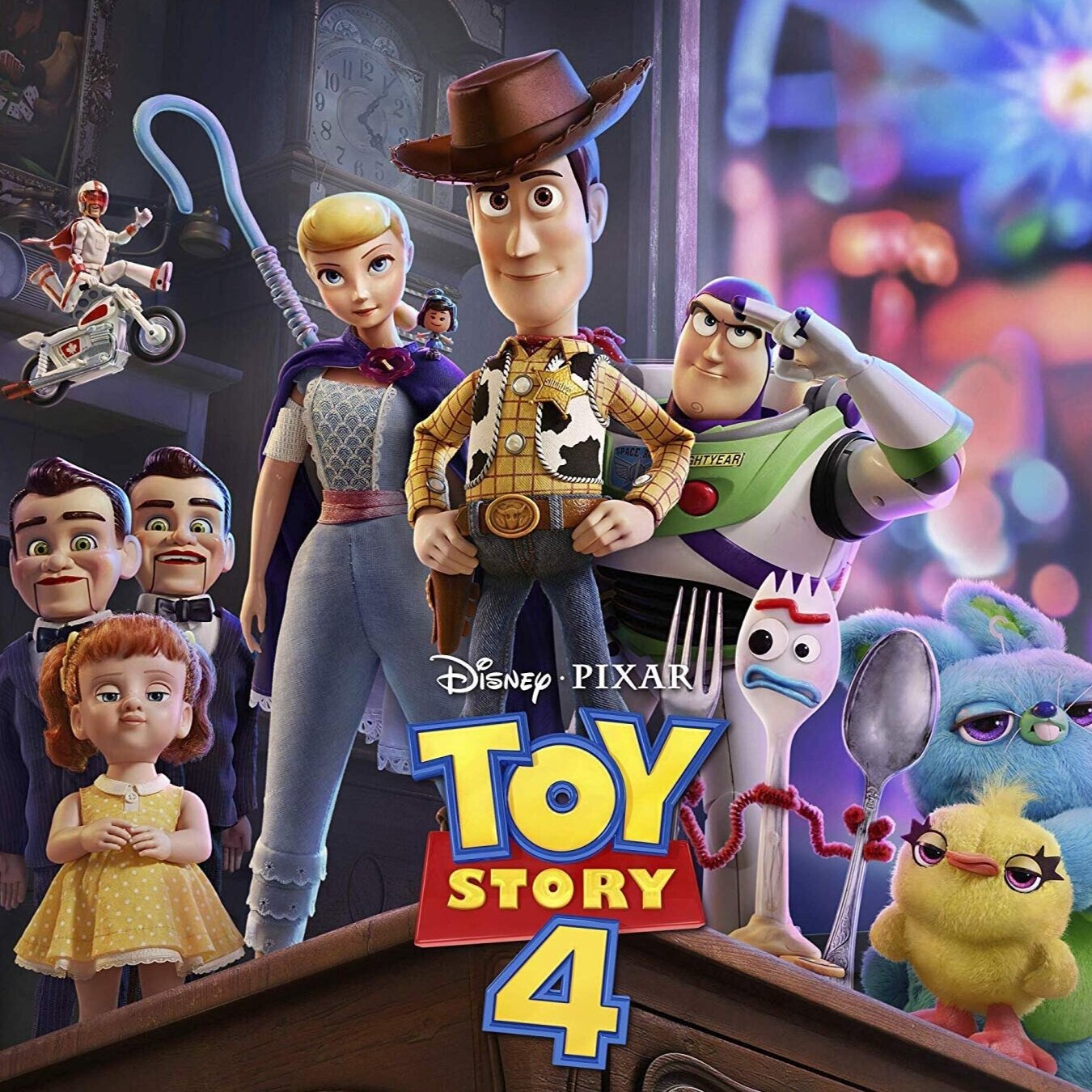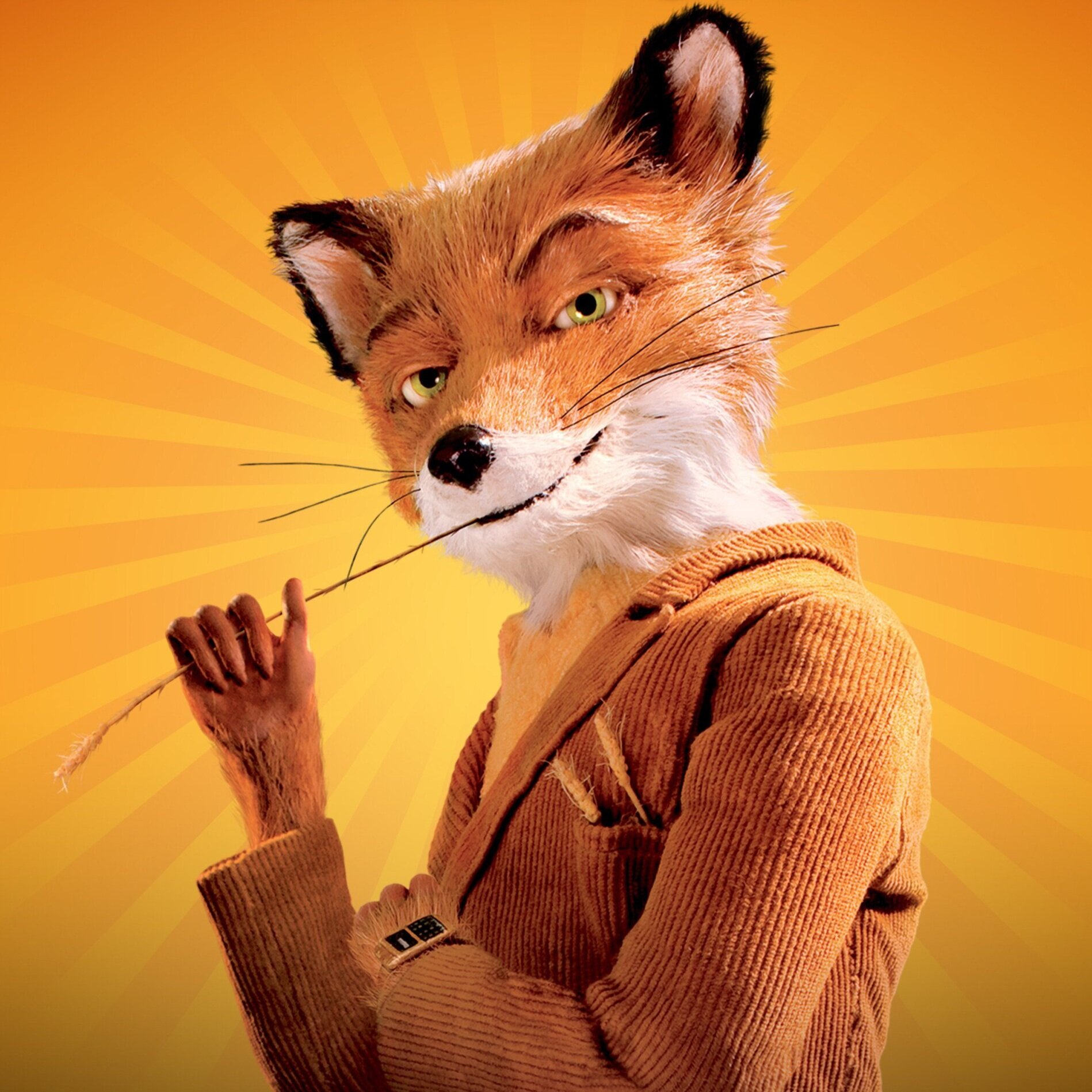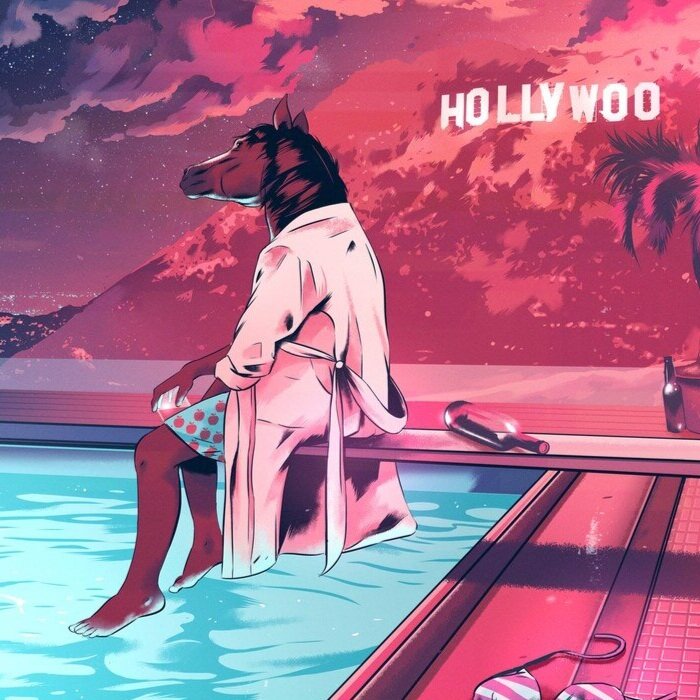Maya and the Three Offers Stunning Visuals But a Confusing Story
Moviegoer Rating: ★★★
When I heard that Netflix was releasing an animated adventure series by Jorge Gutierrez, co-writer and director of Golden Globe-nominated movie The Book of Life, I thought it was destined to be a smashing success. Featuring an exciting story about a Mesoamerican warrior princess, and boasting a cast of some of the most famous Latino actors of our time, I couldn’t wait to see what this monumental animator had created.
Indeed, the show has been doing pretty well on Netflix, likely because of the quality of its animation. But the story itself had few redeeming qualities, and I was left confused by its cultural and linguistic inconsistencies.
Maya and the Three tells the story of Maya, a warrior princess from the kingdom of Teca. She embarks on a quest to find three individuals who will help her fulfill the Teca prophecy and defeat Lord Mictlan, the ruling god of the underworld.
The animation of Maya and the Three is among the most visually stunning I have ever encountered. Gutierrez himself has referred to it as “CG stop-motion” animation and has said that it combines his favorite elements from various animation styles - the lighting of stop-motion, the action of anime, and the camera cheats of traditional cartoons. The visual quality is so good that I felt like I was watching a movie at a theater.
The fight scenes are particularly stunning. Every character’s weapon moves in a unique way and lights up in a different color so that we can keep track of whose weapon is whose. And when a scene is complex, the animators use a split-screen technique to make sure the audience can view the fight from every possible angle. This made me much more invested in the tension of every fight.
Some people watch animation strictly for the visuals, and if that’s you, then Maya and the Three will keep you entertained for its entirety. Yet I am a stickler for story, and in that regard, the show was disappointing. The story is choppy and difficult to follow, and with every new human, god, or mixed-blood character that was introduced, I got more and more confused. Additionally, the romantic relationships in the show never seemed to have any buildup, especially the one Maya ends up in.
The dialogue has its moments of humor, like Maya’s exclamations of “Holy cacao!” and Rico the Rooster Wizard’s general comic relief. Yet even so, some parts of the dialogue, like Maya’s constant catchphrase of “If it is to be, it is up to me,” end up feeling repetitive and formulaic.
The story also confused me because I couldn’t pinpoint the audience it was intended for. The show is rated TV-Y7, which means it’s suitable for children ages 7 and up. Yet the story is incredibly violent, loud, and gruesome, with each episode containing multiple fight scenes. Characters’ get sliced by swords, their eyes get pierced by arrows, and Maya’s family and friends are constantly being killed. Additionally, a major plot point of the show involves the fact that Maya was born out of her father’s extramarital relationship with the Goddess of Death, a fact that Maya’s mother (the woman who raised her) seems to accept without issue.
Finally, the show aims to incorporate diversity on screen, and in some ways, it hits the mark. The characters represent all races, combating both the frequent whitewashing of Latinos on screen and exclusion of Afrolatinos in Latino-inspired content. Additionally, Maya is intentionally designed with a curvy figure, expanding the vision of what a female hero can look like. Yet despite these things, I was confused by the fact that the show is intended to depict Mesoamericans and their mythology, and the Mesoamerican civilizations of old were certainly not Latino, nor did they speak Spanish like the characters in the show. In an era with growing conversation around the revival and preservation of indigenous languages - and the inclusion of these languages in entertainment - I felt that the show could have been more linguistically connected to the history and civilizations that inspired it.
I ultimately feel pulled in two opposite directions. The show’s visuals are exceptional, yet the story is confusing and seems unsuitable for kids. It makes strides in inclusion, but commits other misrepresentations. Thus, my three stars are far from a result of feeling like the show was “meh.” They’re instead a reconciliation of many different extremes.
Maya and the Three is now playing on Netflix.
More Articles by Tamar Lilienthal
Popular Reviews




